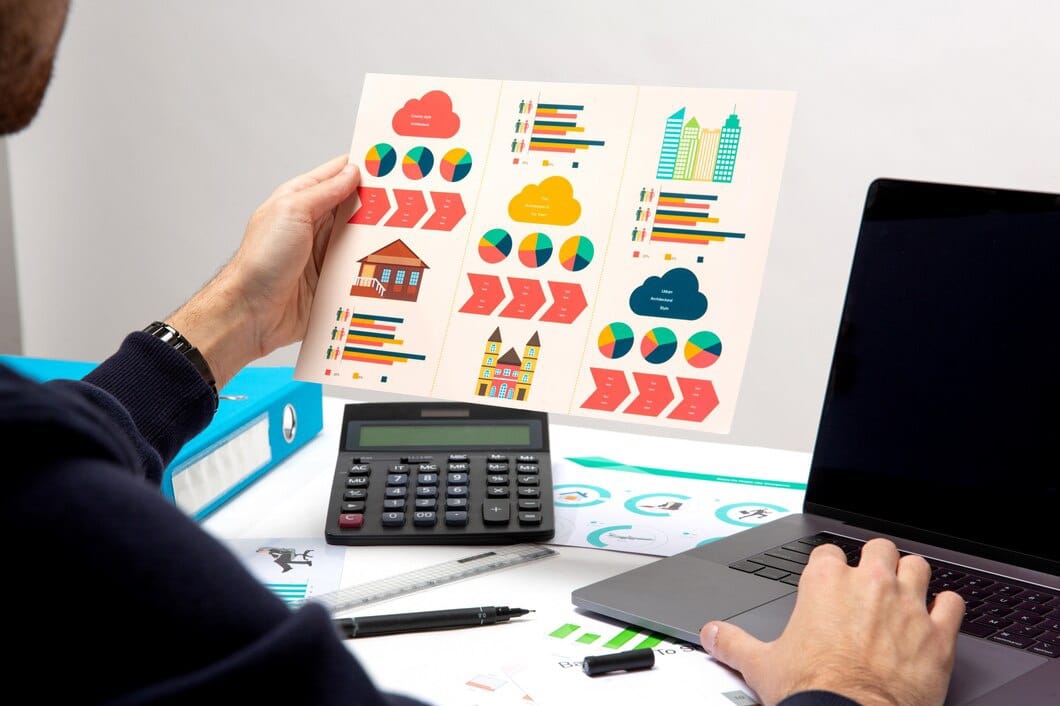
Managing Inventory During Sales and Promotions: Smart Strategies for Peak Demand
Don’t Let Your Next Sale Derail Your Inventory
Imagine this: you launch a flash sale and customers flood in. Exciting, right? But mid-way through, your best-sellers are out of stock, your staff are scrambling to restock shelves, and you’ve got a growing queue of frustrated shoppers.
This is the classic case of poor inventory management during sales and promotions. High-volume periods require more than just good deals and marketing. They demand rock-solid planning, tracking, and agility.
In this article, we’ll guide you through effective promotional inventory management. You’ll learn practical tactics, software tools, real-life examples, and optimisation methods that keep your operations smooth, even during a customer stampede.
Whether you’re running a Black Friday bonanza or a seasonal clearance, you’ll be prepared.
Why Promotional Inventory Planning Matters
Promotions and sales are high-stakes opportunities. Get them right, and you will boost revenue, clear old stock, and win loyal customers.
- Stockouts and missed sales
- Overstock and unsold inventory post-promo
- Frustrated customers and negative reviews
- Operational chaos
Inventory during sales needs to be flexible yet precise, data-driven but adaptable.
Pre-Promotion Inventory Planning: Set the Stage for Success
1. Forecast Demand Based on Data
Use past promotions, seasonality, and current sales trends to estimate demand. Factor in:
- Historical sales uplift from similar campaigns
- Expected traffic from marketing
- Inventory turnover rate
2. Segment Your Inventory
Identify:
- Bestsellers likely to surge
- Slow-movers to promote
- Bundling opportunities
Segmenting lets you focus stock on high-opportunity SKUs.
3. Communicate with Suppliers Early
Give your vendors a heads-up:
- Share expected order volumes
- Confirm delivery lead times
- Set contingency plans for delays
This avoids surprise shortages.
4. Schedule Reorder Points
Don’t wait for stockouts. Pre-set reorder points and safety stock for critical products.
Related read: Setting Reorder Points and Safety Stock Levels
Promotional Inventory Allocation
Make sure inventory is where it needs to be:

- Warehousing: Keep fast-moving SKUs near packing stations.
- Online vs In-Store: Allocate stock to channels proportionally to sales expectations.
- Store Location Level: Send more inventory to high-traffic outlets.
Consider temporary pop-up storage or on-demand warehousing if needed.
Tools and Tech for Promo Inventory Management
1. Inventory Management Software
Top choices include:
- TradeGecko (QuickBooks Commerce)
- Cin7
- Zoho Inventory
Features:
- Real-time tracking
- Stock alerts
- Multi-channel syncing
2. POS Analytics
Platforms like Shopify or Square show what’s selling fast and what needs restocking.
3. Barcode/QR Code Systems
Speed up picking and reduce fulfilment errors.
4. Excel Templates
For smaller retailers, spreadsheet templates still work well when used rigorously.
Managing Real-Time Inventory During Promotions
1. Monitor Fast-Moving SKUs Daily
Assign team members to check key product levels every few hours during peak sales.
2. Set Alerts
Use your software to trigger alerts when stock falls below thresholds.
3. Dynamic Reallocation
If one channel or location is underperforming, shift stock mid-sale.
4. Update Your Team
Keep fulfilment, sales, and marketing aligned on stock status to avoid overselling.
Managing Returns Post-Promotion
Promotions often lead to increased returns. Have a plan:
- Inspect and restock returns fast
- Bundle or discount returned items
- Track return reasons to optimise next time
Also, prepare for fraud spikes in free returns environments.
Inventory Auditing During and After Promotions
During:
- Conduct spot checks on key SKUs
- Audit high-volume channels
After:
- Run a full post-promotion audit
- Reconcile reported vs actual sales
- Identify shrinkage or fulfilment errors
Real-World Example: Ayesha’s Eco Store Black Friday Rush
Ayesha sells sustainable home goods online. During Black Friday 2023, her reusable kitchen cloths went viral. She planned a 20% sales lift but saw a 65% increase.
Luckily, she had buffer stock from forecasting and used her inventory tool to reallocate from slow-moving categories mid-sale. She also extended her shipping deadline with her courier.
Outcome:
- 92% on-time fulfilment
- Zero stockouts on the top 3 products
- 18% increase in repeat customers
Mistakes to Avoid
- Relying on last-minute ordering
- Ignoring returns when calculating post-sale inventory
- Not testing your systems before peak traffic
- Overpromising online when the stock is unverified
Leveraging Promotions to Shift Slow Inventory
Smart retailers use promotions to:
- Clear aged stock before the fiscal year-end
- Bundle slow SKUs with popular items
- Create urgency via flash sales or limited-time deals
Just ensure the promo price covers base costs.
Promotion Types and Inventory Tactics
| Promo Type | Inventory Strategy |
|---|---|
| Flash Sale | Pre-bundle, limit SKUs, use FOMO messaging |
| BOGO/Bundle Deals | Adjust kit stock, track each SKU separately |
| Sitewide Discount | Forecast uplift and monitor real-time stock |
| Email-Only Specials | Set aside limited quantities for exclusivity |
Building a Promotion Calendar
Plan promotions 6–12 months out. Include:
- Key selling seasons (e.g. back-to-school, holidays)
- Inventory order cut-off dates
- Supplier timelines
- Fulfilment staffing plans
Use tools like Trello, ClickUp, or Airtable for visual tracking.
KPIs to Track Promotional Inventory Success

- Customer feedback: Related to inventory/service
- Sell-through rate: How much promo stock sold vs ordered
- Stockout rate: % of items that sold out too soon
- Fulfilment time: Speed of order dispatch during promos
- Return rate: Especially for promo SKUs
Conclusion: Promotions Can Boost or Break Your Brand
Promotional periods are more than marketing exercises — they are operational sprints.
With smart planning, reliable tools, and proactive stock management, you can turn these events into business milestones rather than stress triggers.
What to do next:
- Review your last two promotions.
- Identify your top-selling SKUs and their average sales uplift.
- Start building your next campaign inventory plan now.
Got a sale story or challenge? Let’s hear it in the comments — we’re all in this together.
Want to reduce overstock risk, too? Read Common Inventory Management Mistakes to Avoid.


